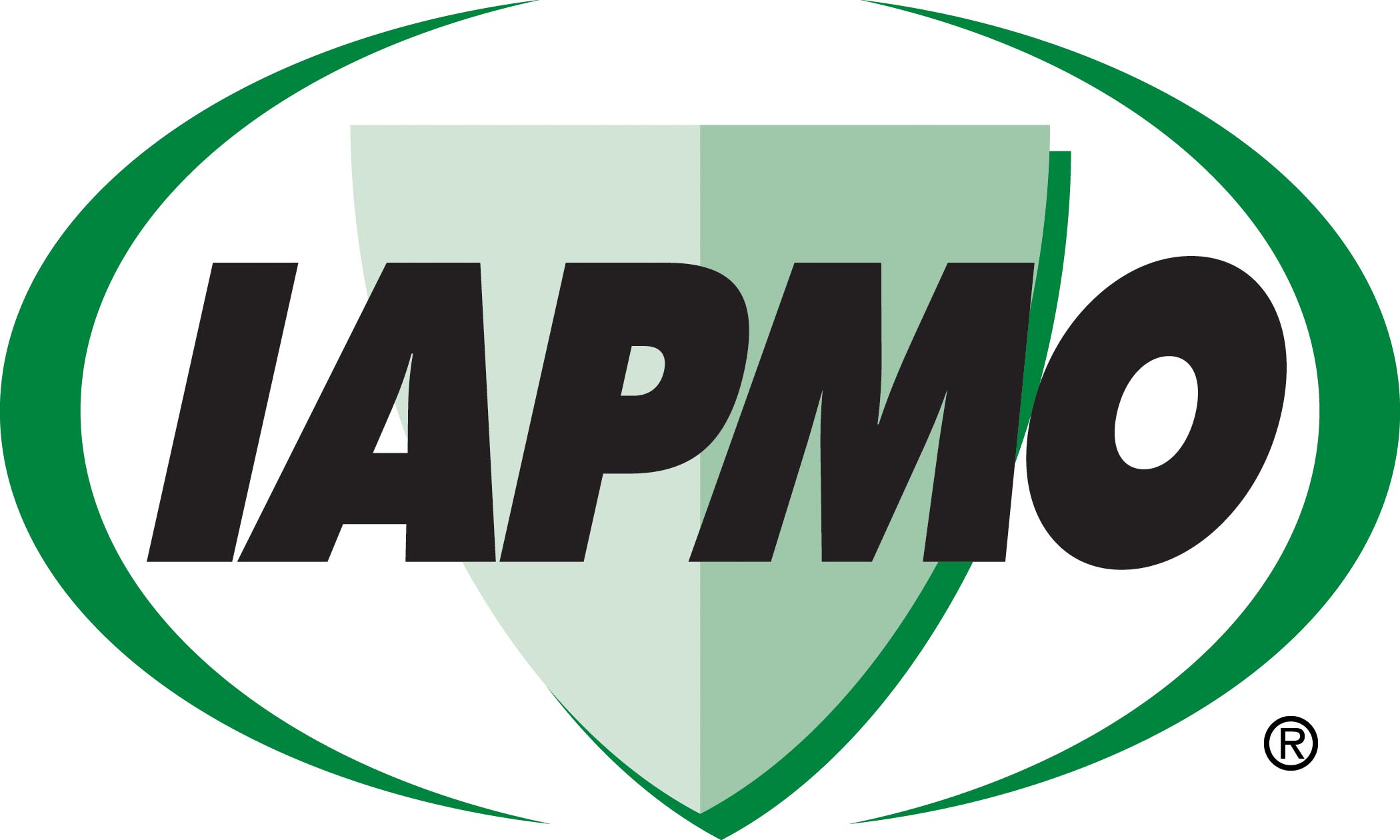Taken from the Online Editions of the UPC & UMC Answers & Analysis

SUBJECT: High Temperature Discharge, SECTION: 801.1 (2021 UPC)
Question:
The segment states that wastewater may have a max temperature of 140F. At which point of a wastewater drain line installation is this temperature expected to be measured?
Comment: The question appears in the context of a new endoscope washer/disinfector which uses internal temperatures of more than 140ºF and up to 195ºF.
Answer:
The wastewater should be measured at point of discharge.
SUBJECT: Indirect Waste Piping, SECTION: 803.3 (2021 UPC)
Question:
The section of the code referenced in the fill-out section above states “Angles and changes of direction in such indirect waste pipes shall be provided with cleanouts to permit flushing and cleaning.” Does this section intend for a cleanout per each angle and change in direction? or does it require a clean out if there any angles and changes of direction?
Comment: For example, if the indirect waste goes from horizontal to vertical and then horizontal again will 2 cleanouts be required or 1?
Answer:
Yes, requirement is for cleanouts at all angles and changes of direction. This implies a cleanout is needed at every 45- or 90-degree fitting. This could entail quite a bit of work unless the installation is accomplished with the least amount of piping and fittings as possible.
SUBJECT: Indirect Waste, SECTION: 804.1 (2021 UPC)
Question:
1. What is the intent of 2021 UPC 804.1 not permitting an approved indirect waste receptor to be located within a closet?
2. Heat pump water heaters (HPWH) in residential applications (both single and multi-family) is standard in California. These electronic devices are in each dwelling unit normally within an enclosed space with a door which sole intent is to house the water heater, label as closet. This would trigger section 2021 UPC 804.1 in my view, preventing the installation of an approved indirect waste receptor within the space intent for the drainage of the P&T and Condensate. Why is this not permitted per CPC 804.1?
Answer:
1. The intent is to ensure visual notification and ready access to service drain in the event of a stoppage. The required drain location requirement will potentially minimize potential for property damage.
2. Check with AHJ
SUBJECT: Interior Installations for Exhaust Duct Systems, SECTION: 510.7 (2024 UMC)
Question:
In a multi-story high-rise building, is the grease duct required to be fire-wrapped if the grease duct does not penetrate the floor or a fire-rated barrier?
Answer:
Yes, the grease duct is required to be fire-wrapped. Section 510.7 of the 2021 Uniform Mechanical Code specifies that in buildings more than one story in height, or in one-story buildings where the roof or ceiling assembly is required to have a fire resistance rating, the ducts must be enclosed in a continuous enclosure. These are two separate conditions within one section and both must be complied with.
Section 510.7.1 of the 2021 UMC states that “buildings less than four stories in height shall have an enclosure with a fire resistance rating of not less than 1 hour.” Additionally, section 510.7.2 states that “buildings four stories or more in height shall have an enclosure with a fire resistance rating of not less than 2 hours.” There are no qualifiers to these code provisions for assembly ratings or grease duct routing.
Grease is highly flammable and the duct conveying it should always be treated conservatively. The consequences are too high not to construct grease duct with safety first and foremost.
SUBJECT: Penetration of Piping, SECTION: 1109.3 (2024 UMC)
Question:
We are using R454B refrigerant, which carries an A2L classification. If the refrigerant concentration does not exceed per Table 1102.3 will the refrigerant piping be required to be in a fire rated ventilated shaft when it penetrates two floors or more?
Answer:
No, as long as it does not exceed the table 1102.3 of the 2021 Uniform Mechanical Code and section 1109.3, exception (4). Based on the provided information, since 454B refrigerant falls under the A2L classification, and if the refrigerant concentration does not exceed the limits specified in Table 1102.3 of the standard, the refrigerant piping would not be required to be enclosed in a fire-resistance-rated shaft enclosure when it penetrates two floors or more. If the conditions do not meet the limitations of exceptions listed in section 1109.3 of the 2021 UMC, the requirements for a fire rated ventilated shaft would fall under the building code regulations.

IAPMO
IAPMO develops and publishes the Uniform Plumbing Code®,the most widely recognized code of practice used by the plumbing industry worldwide; Uniform Mechanical Code®; Uniform Swimming Pool, Spa and Hot Tub Code®; and Uniform Solar Energy, Hydronics and Geothermal Code™ — the only plumbing, mechanical, solar energy and swimming pool codes designated by ANSI as American National Standards — and the Water Efficiency Standard (WE-Stand)™. IAPMO works with government, contractors, labor force, and manufacturers to produce product standards, technical manuals, personnel certification/educational programs and additional resources in order to meet the ever-evolving demands of the industry in protecting public health and safety.
Last modified: April 4, 2025
